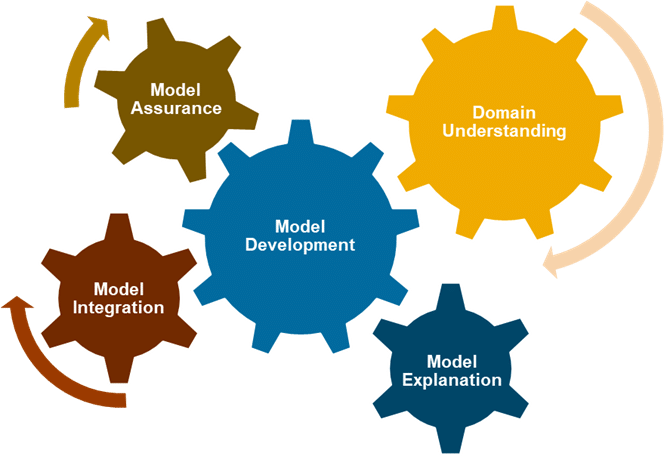Ian Ryan, Global Head, SAP Institute for Digital Government at SAP
Ryan van Leent, Vice President, SAP Global Public Sector
As Social Services organizations seek to uncover the substantial potential benefits that utilizing artificial intelligence (AI) can deliver, of increasing concern is the type of capabilities that the organization needs to streamline the day-to-day operations and drive the right outcomes from their programs. Collaborating with the University of Queensland, the SAP Institute for Digital Government identified the key capabilities required to ensure successful adoption of AI and made recommendations for nurturing successful AI-driven change in Social Services.
The 5 key capabilities
We present the following key capabilities that were apparent in our research for delivering successful AI programmes in Social Services:
- Domain Understanding: ability to develop new or enhanced knowledge of business domains i.e. codifying current business owners’ implicit knowledge, changing incumbent paradigms (status quo) and upskilling domain experts (AI concepts and tools, data value, ethical issues).
- Model Development: ability to train a set of accurate and robust ML models to support various organizational tasks i.e. data curation (accessing legacy data, generating new data, and sharing data across the organization), human talent acquisition and model co-production.
- Model Explanation: ability to communicate an ML model’s goals, logic, and outputs to various stakeholders i.e. explaining model logic to stakeholders (communicating AI decisions), tracing outputs into inputs (transparency and validation of model decisions, identifying sources of bias) and visualizing model outputs for domain experts.
- Model Integration: ability to integrate ML models into existing technical interfaces, work processes, products, platforms, and structures i.e. technical integration, change management and work redesign (changing processes to support data-driven decision-making).
- Model Assurance: ability to continuously supervise, assess, and improve the performance of an ML model, and control its effects on stakeholders i.e. supervising model performance (governance mechanisms, model drift), measuring model value for stakeholders and preventing unintended consequences (impact assessment, mechanism for instigating changes to the model).
Looking Ahead
Public organizations face unique challenges in adopting AI technology. The five capabilities we have discussed above point toward recommendations for nurturing successful AI-driven change in Social Services:
- Jump-start AI development with pre-trained solutions: budget-constrained agencies can jump-start their AI development by investing in externally developed solutions for carefully selected, narrowly specified use cases. Consider investing in pre-trained solutions and pre-built models to avoid high initial costs of developing AI from scratch.
- Grow your internal expertise as you mature: avoid running AI systems that you do not understand. While it is relatively easy to source technical expertise from AI vendors, it is your responsibility to ensure that your people fully understand the system and its limitations, and can be accountable for its decisions (for example, identify, understand, and control for risks that come with AI systems). Take ownership of these models by growing your internal data-science expertise over time. Develop complementary skills in ethics, law, and AI governance to safeguard the use of models.
- Scrutinize legacy systems and data: breaking free from silos created by old systems. Invest resources for overhauling your IT architecture. Compared to traditional analytics systems that focused on reporting or simple statistics, systematically building AI needs an array of contemporary platforms and systems that enable big data capture that is of high quality, necessary for model training and permits sharing and collaboration. This is essential for establishing an agile data-sharing and AI development environment.
Further research
This stage of our research identified the key capabilities required to ensure successful AI projects deliver the expected outcomes and stakeholder value. Additional research (published in previous editions of the ESN newsletter) explored the specific challenges of AI ‘explainability’ and identified guidelines to counter the barriers to AI adoption in Social Services.
You can download our research paper here and find additional research at the SIDG.
